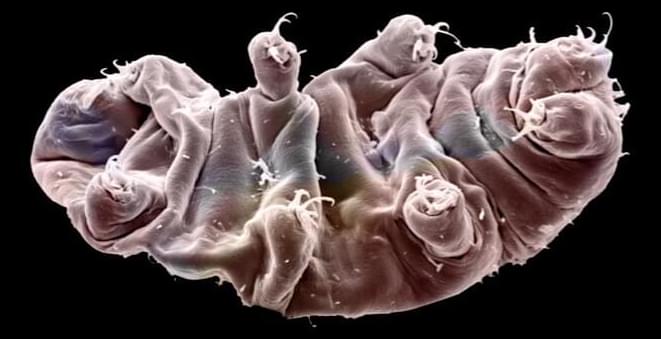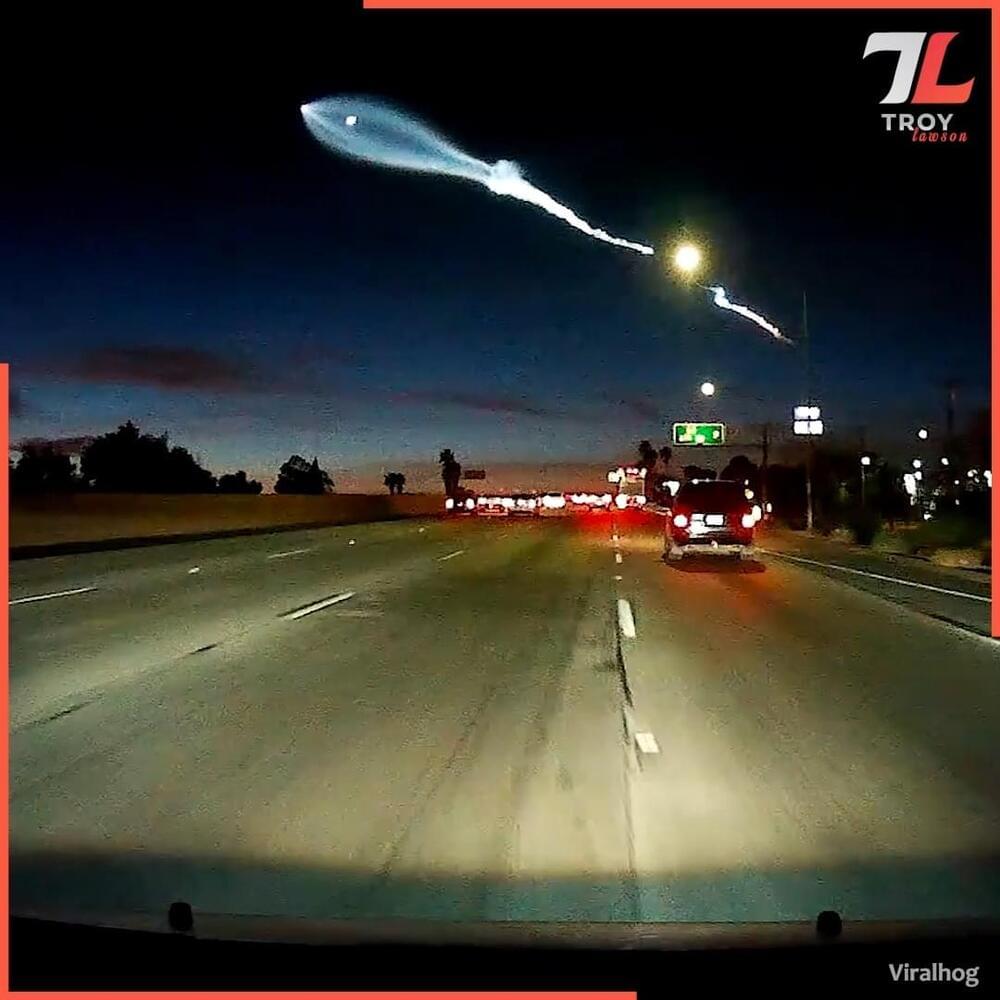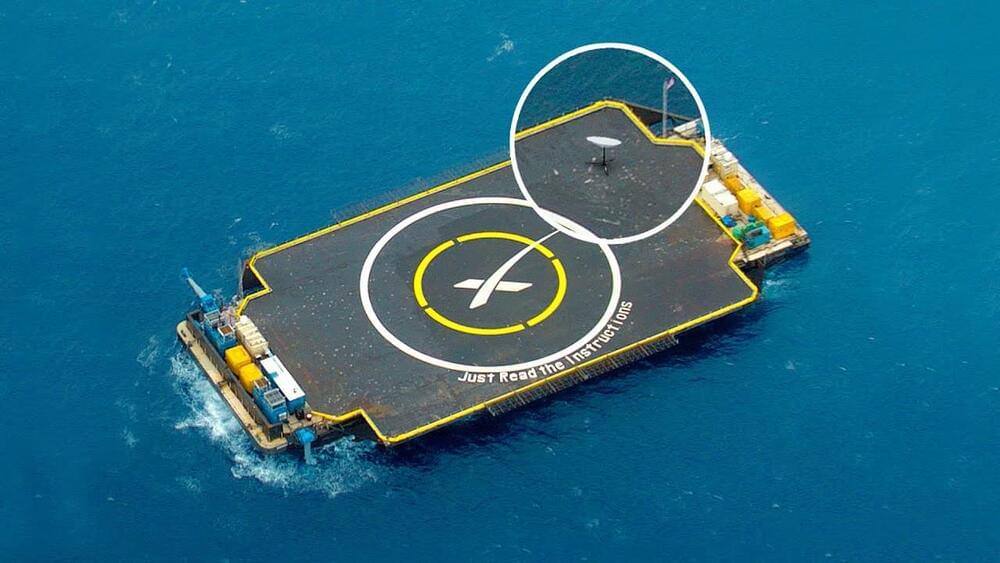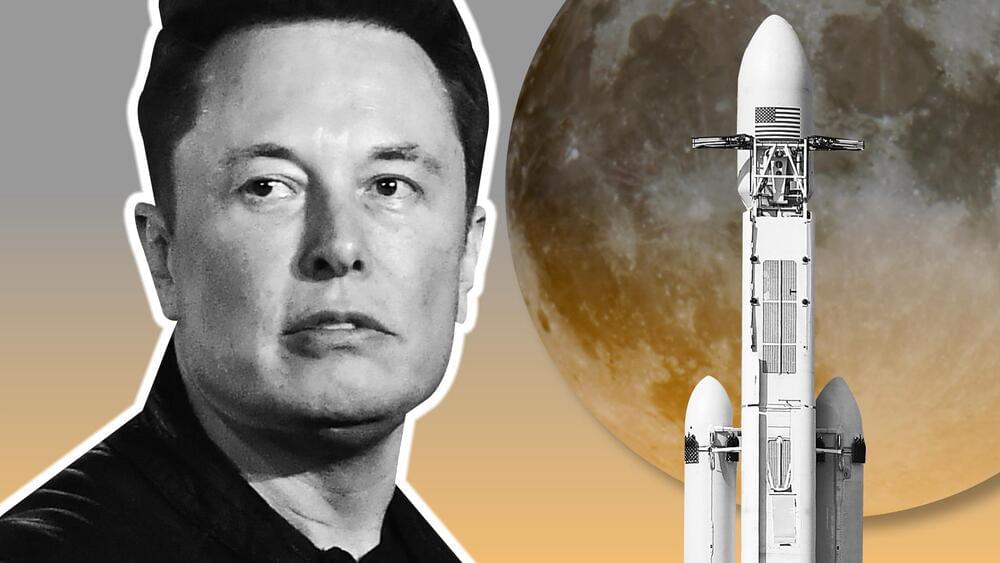A team of physicists, philosophers and biologists have come up with a list of organisms that could withstand the harsh conditions of interstellar space, and tardigrades take the top spot.


As the new space race heats up, we look at all the big launches, events and stories to watch this year.



About the Bioprint FirstAid Handheld Bioprinter capabilities.
Astronauts on the International Space Station (ISS) are testing 3D bioprinted bandages made of their own cells that could be used to better heal flesh wounds in space.
The German Space Agency (DLR) is leading the experiment which was launched to the ISS at the end of December 2021 on SpaceX’s 24th commercial resupply mission. The payload contained the BioPrint FirstAid Handheld Bioprinter, which is designed to hold cells from astronauts within a bioink that can be used to apply bandages to wounds when needed.
While the experiment offers a promising tool for wound healing in space environments, it could also provide significant benefits back on earth, too.

Peter Beck is charting his own course.
Rocket Lab CEO, Peter Beck, is charting his own course. The company’s lighter-than-ever, curved Neutron rocket ship is heading straight for Venus… one day.
Methane tank sections were moved into the High Bay as SpaceX prepares to fully stack Booster 7. Meanwhile, crews were spotted using the Klemm drill rig at the Launch Site once again.
Video and Pictures from Mary (@BocaChicaGal) and Nic (@nicansuini). Edited by Patrick Colquhoun (@Patrick_Colqu).
All content copyright to NSF. Not to be used elsewhere without explicit permission from NSF.
Click “Join” for access to early fast turnaround clips, exclusive discord access with the NSF team, etc — to support the channel.
Rolling Updates and Discussion: https://forum.nasaspaceflight.com/index.php?board=72.

As teams continue to prepare NASA’s Space Launch System (SLS) rocket for its debut flight with the launch of Artemis I, NASA and its partners across the country have made great progress building the rocket for Artemis II, the first crewed Artemis mission. The team is also manufacturing and testing major parts for Artemis missions III, IV and V.
Despite the fact that floating around in space looks like a certified blast, it’s not something the human body is optimized for. In order to make these trips possible, scientists are going to have to figure out how to mimic Earth’s gravity in space.
» Subscribe to Seeker! http://bit.ly/subscribeseeker.
» Watch more Elements! http://bit.ly/ElementsPlaylist.
» Visit our shop at http://shop.seeker.com.
» Sign Up for Seeker’s Newsletter! https://www.seeker.com/newsletters.
We evolved with gravity constantly pulling on us at a rate of about 9.8 m/s2, or 1 g. Our bodies are built in a way that takes that into account. Our rigid bones can hold us up, our cardiovascular system can pump blood to and from our extremities, our vestibular system in our ears keeps us balanced, and so on. Our bodies are also good at adapting to our needs, which means when you take gravity away the body starts to change. Bones lose mineral density, hearts weaken, and the vestibular system shuts off because suddenly there is no “up” anymore. So long as the body stays in space these changes aren’t really a problem, but coming back to Earth and readapting to 1 g can be painful and disorienting.
To make the transition to Earth easier, astronauts on the ISS have to spend two and a half hours every day doing aerobic and resistive exercise. It takes a lot of valuable time and still doesn’t prevent all bodily changes, so maybe some sort of artificial gravity could be a better solution. The only practical way to recreate the effects of gravity would be by using centrifugal force, aka spinning. If you’ve ever clung for dear life to one of those whirligigs on a playground you know what I’m talking about. If astronauts could somehow be spun around that might mimic gravity enough to keep their bodies from changing too drastically. There have actually been several proposals on how to leverage centrifugal force, and each of them has its downsides.
One of them is a staple of sci-fi: a spacecraft with a gigantic rotating section. Inside the astronauts would be pushed towards the outermost wall and that would become the “floor”, so to speak, while the rest of the station would remain stationary and in microgravity. But a spacecraft like this would be really complex and expensive to build. Another design is a long spacecraft that twirls like a baton, creating Earth-like acceleration at either end. If the craft were about a kilometer long it would only need to rotate once or twice a minute, but a kilometer-long spacecraft would be about 10 times longer than the ISS and an incredible engineering feat.
#seeker #science #gravity #nasa #space.
Why does China want to build a kilometre-long spacecraft? And is it even possible?